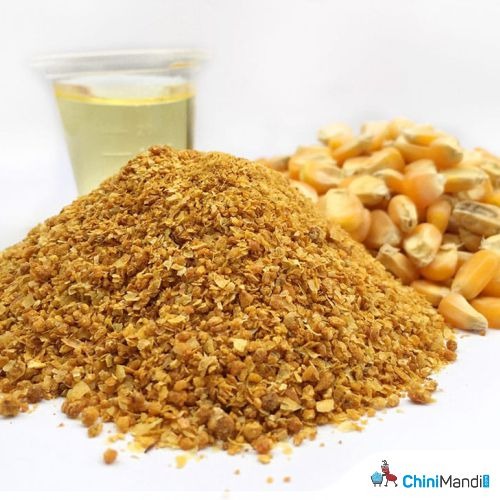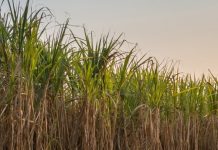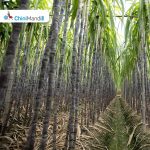Chennai: Farmers and animal health experts are voicing serious concerns about the increasing and unchecked use of Distiller’s Dried Grains with Solubles (DDGS) in feed for farm animals and poultry. They are urging the centre to step in and create rules for its use, supported by scientific proof of its safety and nutritional value, reported DT Next.
The Tamil Nadu Veterinary Graduate Federation (TNVGF) is specifically calling for thorough research into the nutritional content, how easily it’s digested, and the overall safety of DDGS, a by-product of ethanol production. The federation believes this research should happen before DDGS is allowed to be used widely in animal feed.
As India produces more ethanol, the amount of DDGS available, especially DDGS made from corn, has grown significantly. Because DDGS is about half the price of traditional feeds like soybean meal, many are looking at it as a cheaper option for feeding livestock. However, experts warn that without strict checks on its quality, using DDGS could cause more problems than it solves, according to the media report.
Speaking to DT Next, M Balaji, a coordinator for TNVGF and an expert in poultry nutrition, said, “While DDGS could be a useful ingredient in feed, we need strong studies from respected organizations like the Indian Council of Agricultural Research (ICAR) and the Indian Animal Husbandry Department to back up its use. The fact that its nutritional makeup can change a lot and the risk of it being contaminated are major warning signs.”
The federation is asking the Bureau of Indian Standards (BIS) to set clear quality standards specifically for corn-based DDGS used in animal feed. It has also demanded that Critical Control Points (CCPs) and Maximum Residue Limits (MRLs) be established for physical, chemical, and biological hazards commonly found in DDGS.
“In the Indian context, corn is the primary grain used for ethanol production. This makes DDGS more prone to mycotoxin contamination, especially aflatoxins. During processing, these toxins do not degrade and are instead concentrated, making the by-product potentially hazardous,” explained Balaji. He also pointed out that the nutritional content of DDGS can vary greatly from one plant to another.
“Issues such as inconsistent protein levels, high fibre content, inadequate amino acid availability, and high iodine values of fat can affect animal health, gut performance, and shelf life of the feed. Moreover, improper sanitation and substandard production practices further expose DDGS to bacterial contamination — including E coli, Salmonella, and antibiotic residues — and environmental hazards such as manure foaming, methane, and ammonia emissions,” Balaji added.












